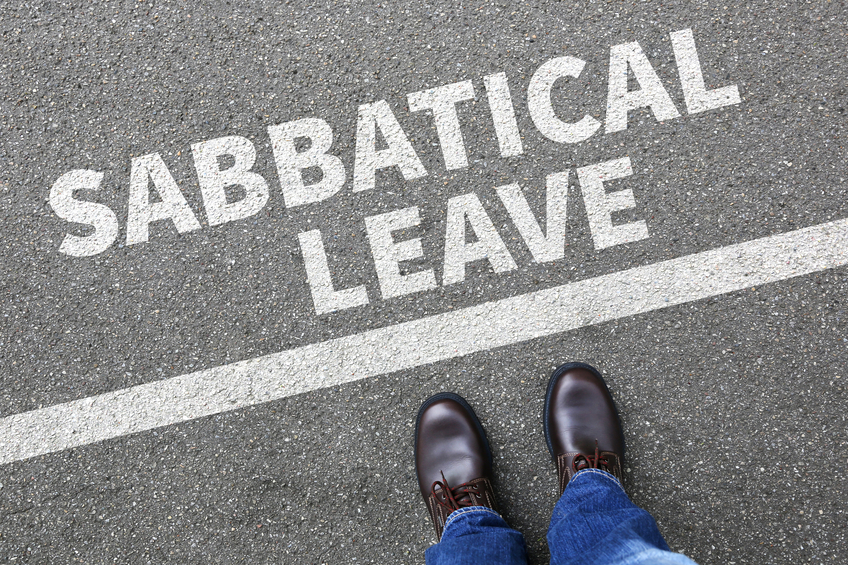When the White House announced presidential daughter Malia Obama was taking a gap year between high school and college, many people thought it was a good idea. The break between schooling is usually used as an opportunity for young people to do something meaningful, pause from the routine, and return ready to focus on achieving their goals.

|
Yet, mention the idea of taking gap time from work—beyond the normal vacation period—and many chief executives shake their heads. Gap time, or a sabbatical as it is more typically called, is still uncommon in most workplaces (about 4% of employers offer paid sabbaticals, and 15% offer unpaid sabbaticals, according to the Society of Human Resource Management), despite the benefits to the employee and organization.
Consider sabbaticals involving humanitarian work. These programs directly impact those in need, provide new perspectives for employees, and further a company’s social responsibility efforts. By encouraging employees to take time away to help others, it is clear your organization not only supports such programs, but also takes action to improve others’ well-being. Tom’s Shoes, for example, famously sends employees on giving trips where they have a personal experience in distributing shoes to children in need.
Some companies allow the employee to choose how the sabbatical will be used. While humanitarian work is always a very good idea, others use the time to learn another skill, write a book, learn a language, or spend time with family. The intent is to discover something new, or in some cases, rediscover an element of life that was neglected during a fast-paced work schedule. McDonald’s, for example, is fairly flexible with its sabbaticals offered to eligible employees after 10 years of service.
Generally, employees who are rewarded with sabbatical time return with a greater sense of loyalty and they stay longer at the company. Only rarely does the employee return just to quit within a short period of time. Most appreciate and are quite vocal about supporting the employer that regards them as more than just a hard worker but as a whole person with a variety of interests. Additionally, they are recharged and confident when they return—especially those who take the time to pursue a new adventure or activity.
For those companies that don’t offer sabbaticals, it may be difficult to believe the benefits outweigh the costs. They already have vacation allowances, which they see as good enough. However, these 2-to-3-week breaks seem mundane to most employees and new recruits. The sabbatical, because it is unusual, makes companies offering it particularly enticing to new recruits. In fact, companies offering sabbaticals often find it’s a benefit potential employees ask about most.
At investment researcher Morningstar, Inc., the sabbatical is prominent in its recruiting materials. As the human resources team states, “Sabbaticals are one of the most beloved benefits at Morningstar … We view the sabbatical program as a way of saying thanks for helping us grow while helping employees grow.”
Additionally, many employers find they have a “new employee” who returns from a sabbatical. He or she comes back with new abilities, confidence, or a renewed attitude to learn additional skills. The result is that the employees typically exhibit greater productivity when they return. And their enthusiasm is noticed by those around them, who are then inspired to work toward their own sabbatical break.
Of course, sabbaticals aren’t for every company. However, a fairly administrated sabbatical program may be the shot-in-the-arm needed for a tired benefits package. And judging from other companies’ positive experiences with such programs, it may the “gap” that’s needed for effective recruitment and retention.
Tomorrow we’ll suggest tips for developing an effective employee sabbatical program.
